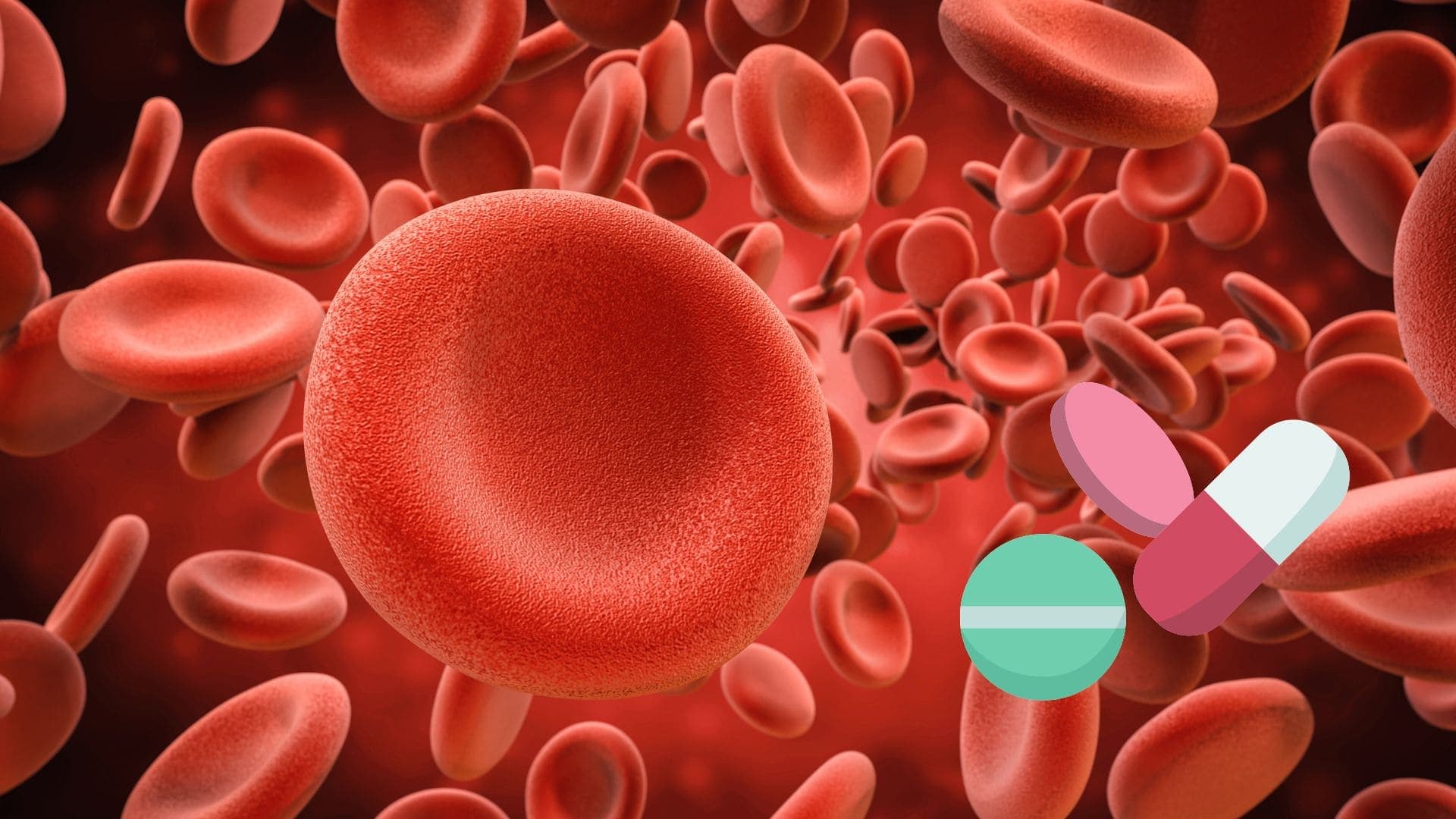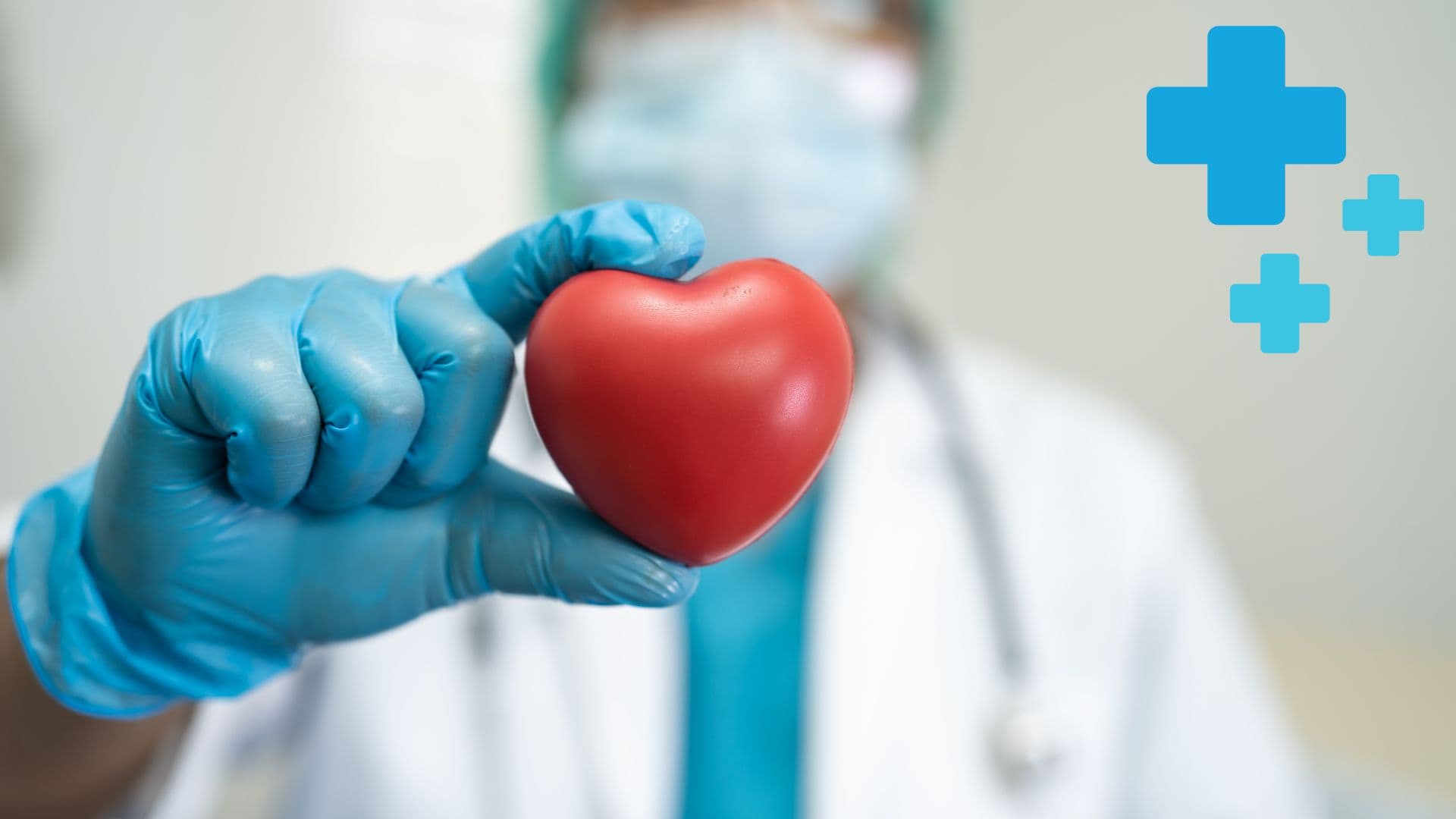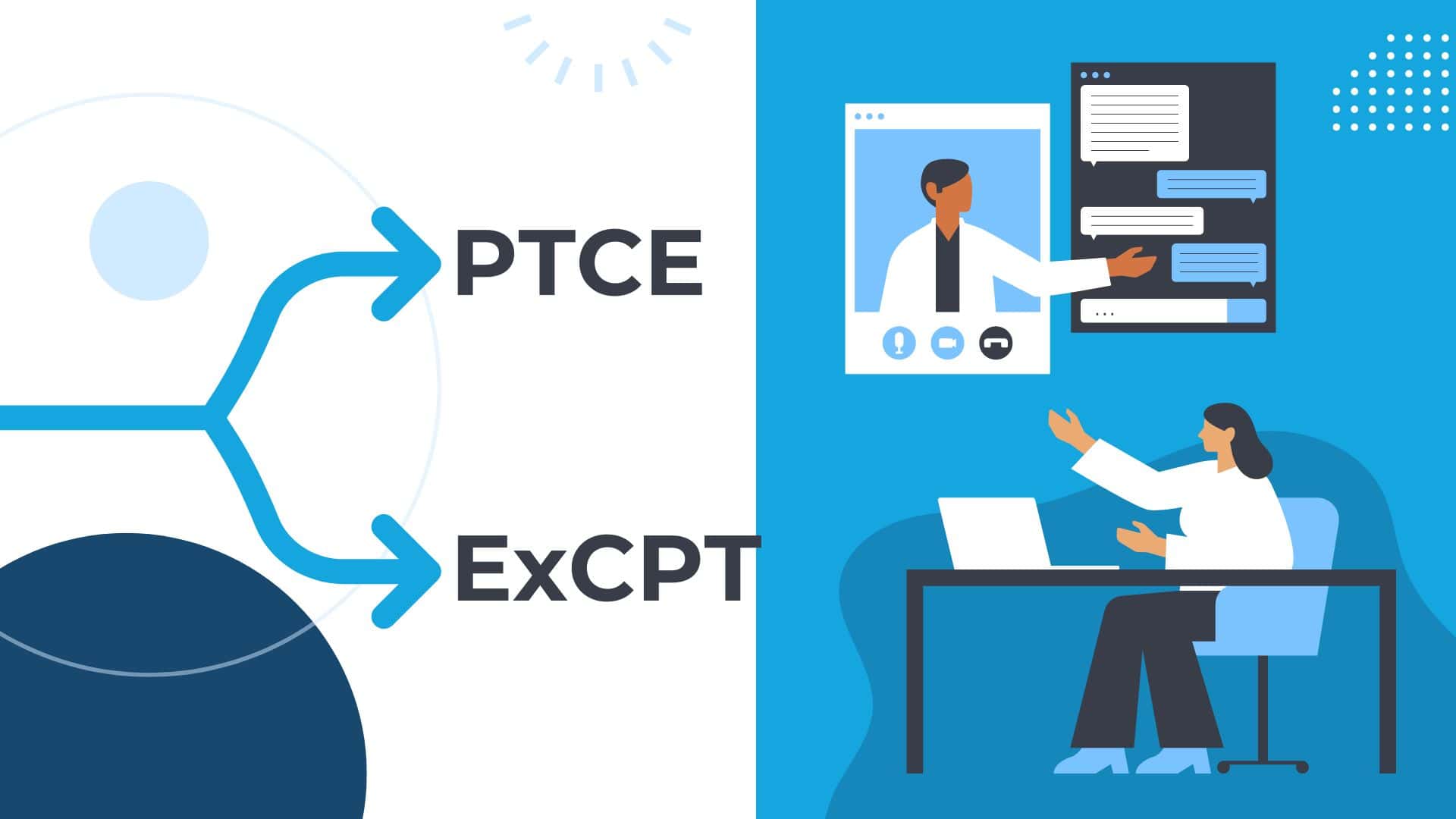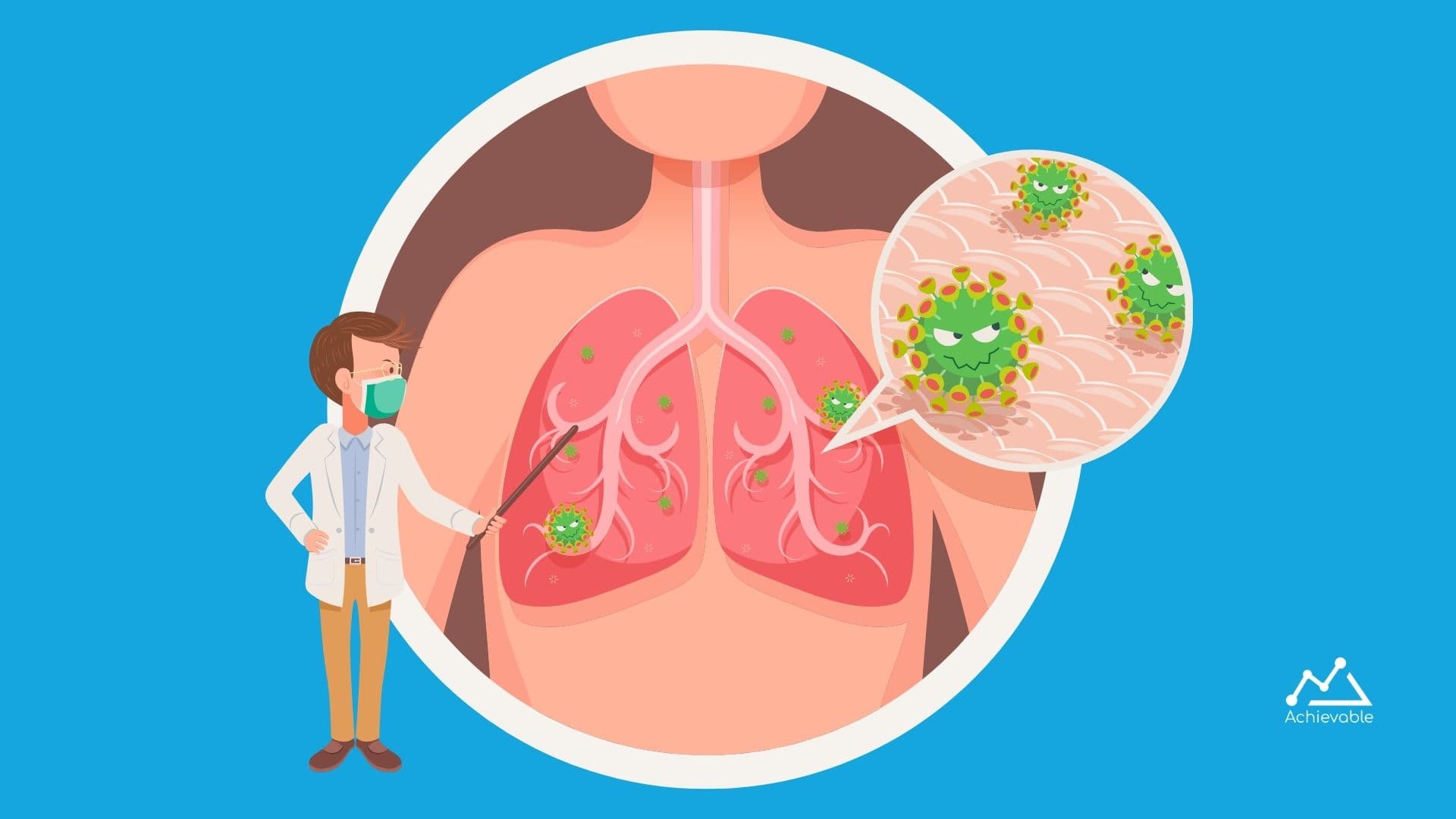
Another high yield USMLE Step 1 pharmacology topic is antiplatelet drugs. This video provides an overview of the pharmacology of cardiovascular drugs, with a focus on antiplatelet drugs. It covers the mechanism of action of aspirin, and other antiplatelet drugs. The adverse effects of aspirin are also discussed.
If you’re looking for a comprehensive course to maximize your score on the USMLE Step 1 exam, check out Achievable’s USMLE Step 1 course that was authored by Sujata.
00:00 anti-platelet drugs are a very important 00:02 concept for the usmle step one 00:04 do you know their mechanism of action 00:06 are you familiar with their important 00:08 side effects 00:09 let's take a look let's begin with a few 00:12 important concepts regarding platelets 00:14 platelets are formed from megakaryocytes 00:17 and they have a lifespan of around 8 to 00:19 10 days 00:20 platelets have two important storage 00:22 granules alpha granules 00:24 and dense granules alpha granules are 00:27 more 00:27 numerous they store fibrinogen one will 00:31 bring factor 00:32 and glycoprotein 2b3a dense granules 00:36 release their contents when platelets 00:38 are aggregated 00:39 and their contents aid in platelet 00:42 aggregation 00:43 dense granules store adp 00:46 atp catecholamines serotonin and calcium 00:50 glycoprotein 2b3a acts as a receptor for 00:54 fibrinogen 00:55 on the surface of platelets antiplatelet 00:59 drugs are divided into four different 01:01 classes 01:02 cyclooxygenase inhibitors adp inhibitors 01:06 glycoprotein 2b3a inhibitors and 01:09 phosphodiesterase inhibitors 01:11 let's begin with cyclooxygenase 01:13 inhibitors this class includes 01:15 aspirin and triflusal aspirin 01:18 is an irreversible inhibitor of the 01:20 enzyme coxone 01:22 or prostaglandin8 synthase it inhibits 01:25 the synthesis of thromboxane 01:27 a2 thereby inhibits platelet aggregation 01:31 common side effects of aspirin include 01:34 nausea 01:35 heartburn slightly increased risk of 01:38 intracranial hemorrhage 01:39 and abdominal or epigastric pain 01:42 if you give enterocoated aspirin the 01:45 abdominal 01:46 or gi side effects of aspirin can be 01:49 decreased 01:50 however since it is an irreversible 01:52 inhibitor the action of aspirin 01:55 will last the whole lifespan of the 01:58 platelet which is eight to ten days 02:01 adp inhibitors include clopidogel or 02:04 plavix 02:05 pressure gel ticagrelor anticlopidine 02:09 all these clopidogel and presudrail are 02:11 pro drugs 02:12 which need to be activated by cytochrome 02:14 p450 system in the liver 02:16 they are given as adjuncts to aspirin 02:20 in patients undergoing percutaneous 02:23 coronary intervention 02:24 or angioplasty with stent placement 02:28 common side effects include diarrhea and 02:30 skin rash with clopidogel and procedure 02:33 t-copeline may cause neutropenia 02:35 thrombocytopenia 02:36 and ttp or thrombotic thrombocytopenic 02:39 purpura 02:41 the next class of antiplatelet drugs is 02:43 glycoprotein 2b3a inhibitors 02:46 they include abscisimam terophiben 02:49 and eptiphepatite of these abscessimap 02:52 is a monoclonal antibody that binds to 02:54 the glycoprotein 2b3a receptor 02:57 whereas sterophyben and eptifibertide 03:00 they mimic 03:00 part of the structure of fibrinogen and 03:03 compete with fibrinogen 03:05 on binding to the glycoprotein 2b3a 03:09 receptor 03:10 side effects include thrombocytopenia 03:12 glycoprotein 2b3a inhibitors are given 03:15 in patients who are undergoing 03:16 percutaneous coronary interventions like 03:18 angioplasty with stent placement the 03:21 last class of anti-platelet drugs 03:24 is phosphodiesterase inhibitors these 03:26 drugs in 03:27 erase the camp levels within the 03:29 platelets and 03:30 include dipyridamole and cilostazol 03:33 silostazole is metabolized by cytochrome 03:36 p450 enzyme system 03:38 in the liver hence its dose needs to be 03:41 decreased 03:41 in patients who are concomitantly being 03:44 treated with cytochrome p450 inhibitors 03:47 like omeprazole 03:48 so let's recap the important points 03:51 there are four classes of antiplatelet 03:53 drugs 03:54 cyclooxygenase inhibitors adp inhibitors 03:57 glycoprotein 2b inhibitors and 04:00 phosphodiesterase inhibitors 04:03 aspirin is an irreversible inhibitor of 04:05 the enzyme cox 1 04:07 or prostaglandin h synthase aspirin is 04:10 given along with copyright gel in 04:11 patients undergoing percutaneous 04:13 coronary 04:14 interventions the glycoprotein 2b3a 04:17 inhibitors include abscissimam 04:19 eptiphypatite anterophyben ticlopidine 04:23 is associated with ttp or thrombotic 04:26 thrombocytopenic purpura 04:28 phosphodiester is inhibitors raise 04:31 intraplatelet 04:32 camp levels thanks for watching 04:35 if you are looking for a great resource 04:36 to solidify your usmle knowledge 04:38 check out achievable giveaway is an 04:41 online course with a comprehensive and 04:42 searchable textbook 04:44 and it has thousands of quizzes which 04:46 will help you build 04:47 and test your knowledge link is in the 04:49 description 5:23 NOW PLAYING Passaging Cells: Cell Culture Basics Thermo Fish

This video explains the changes seen in cardiac cycle tracings in valvular heart diseases. You can learn key features to help you differentiate normal from abnormal tracings in specific valvular disorders.

Becoming a pharmacy technician is an excellent choice for those interested in an accessible, lucrative career path within the healthcare field. Acquiring a pharmacy technician certification will allow you to outshine competitors and enhance your chances of obtaining your ideal position within the pharmaceutical industry. In order to earn a Certified Pharmacy Technician (CPhT) credential, …

In this video Sujata explains the pathophysiology, diagnosis and management of pneumothorax. It is a high yield concept for all steps of the USMLE. Pneumothorax is of four different types and management is guided by the type and severity.